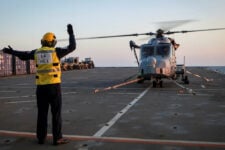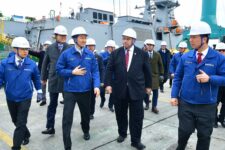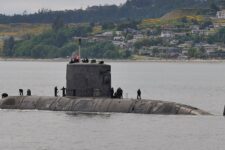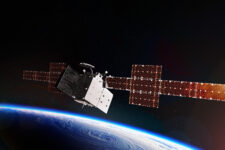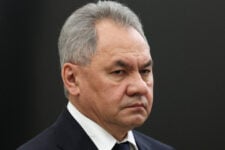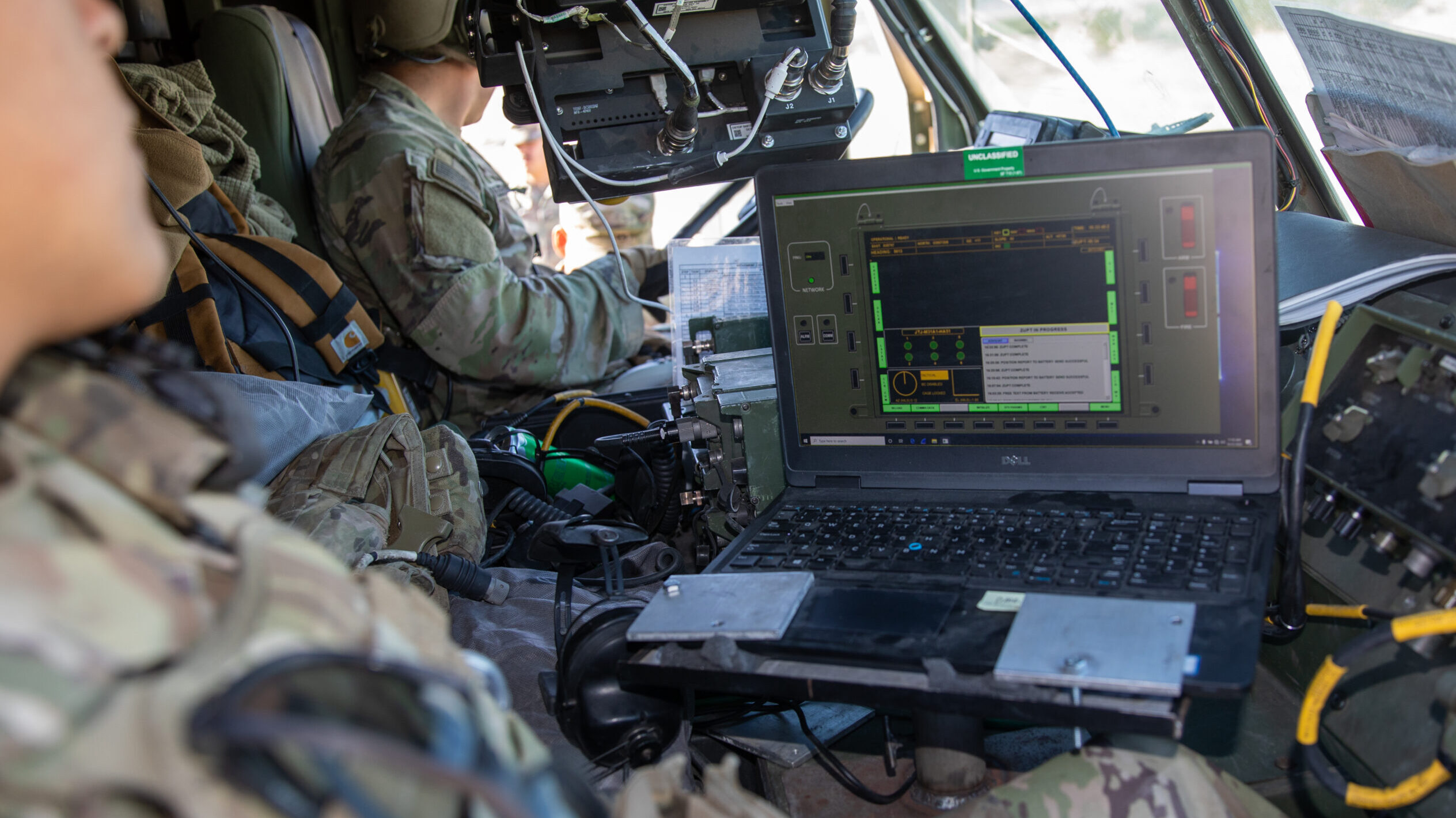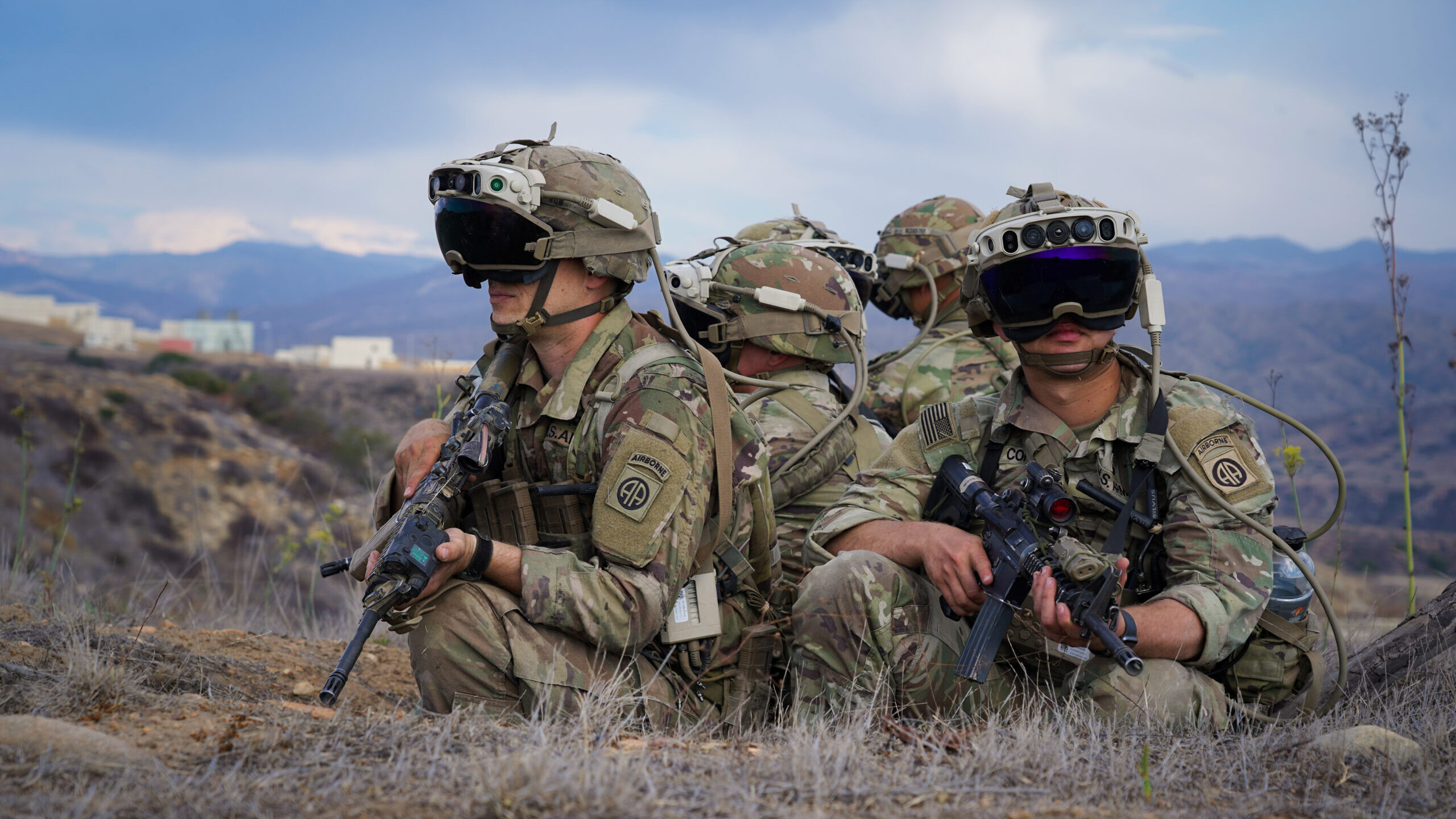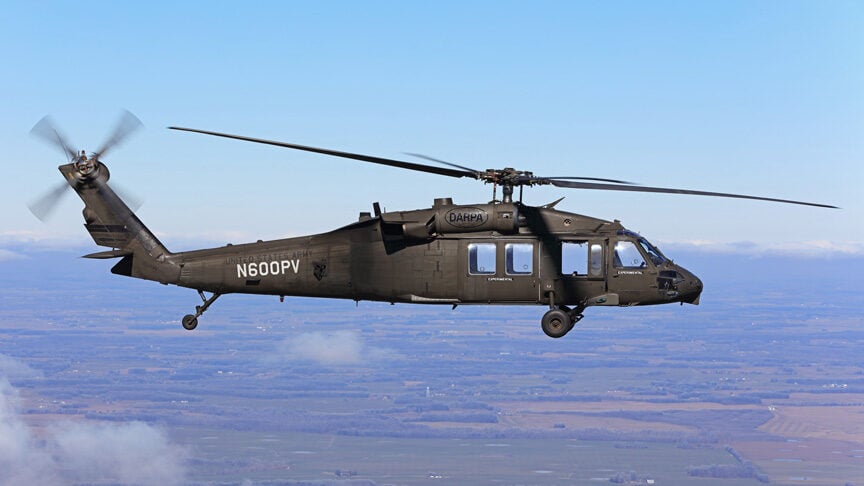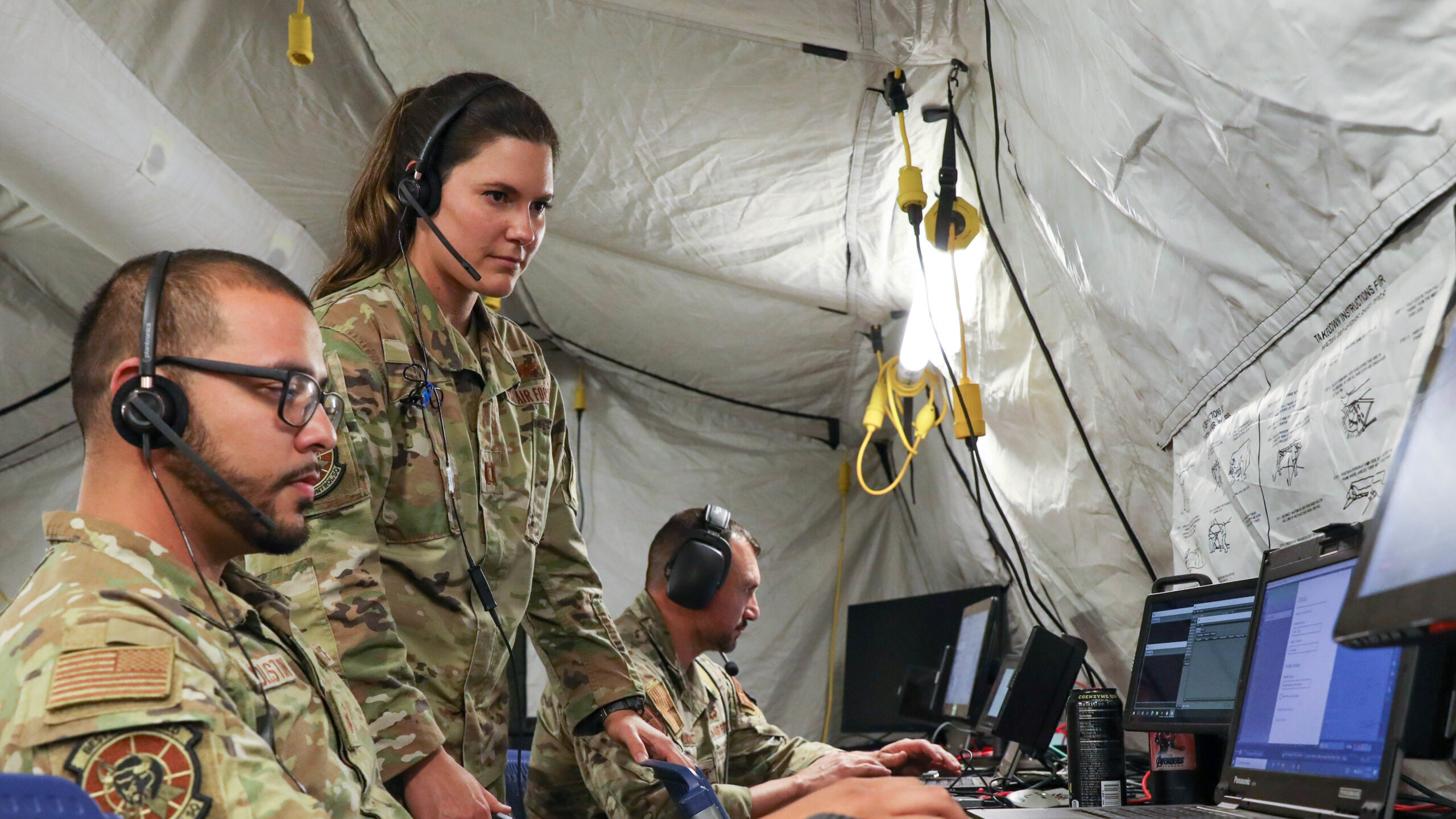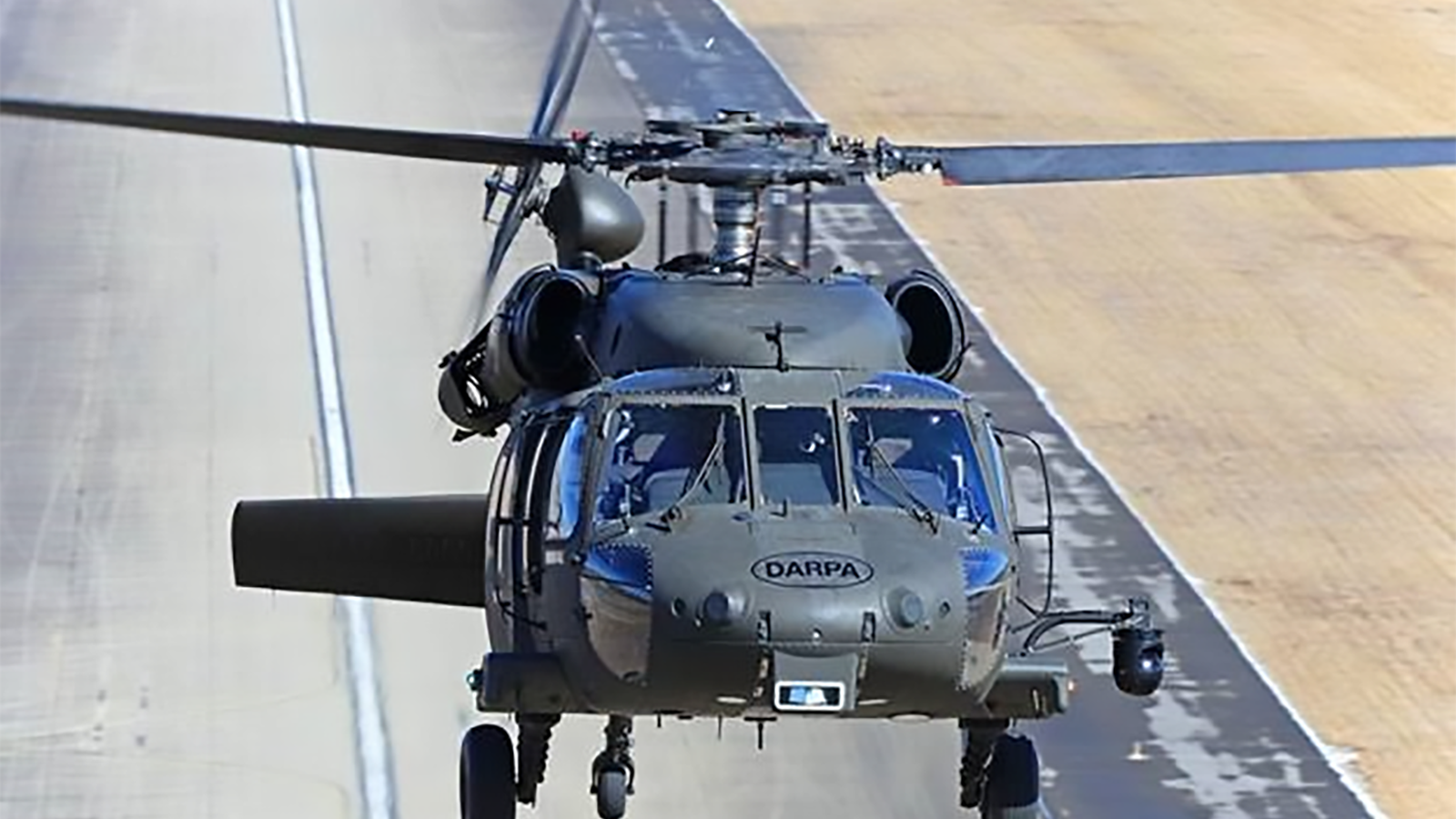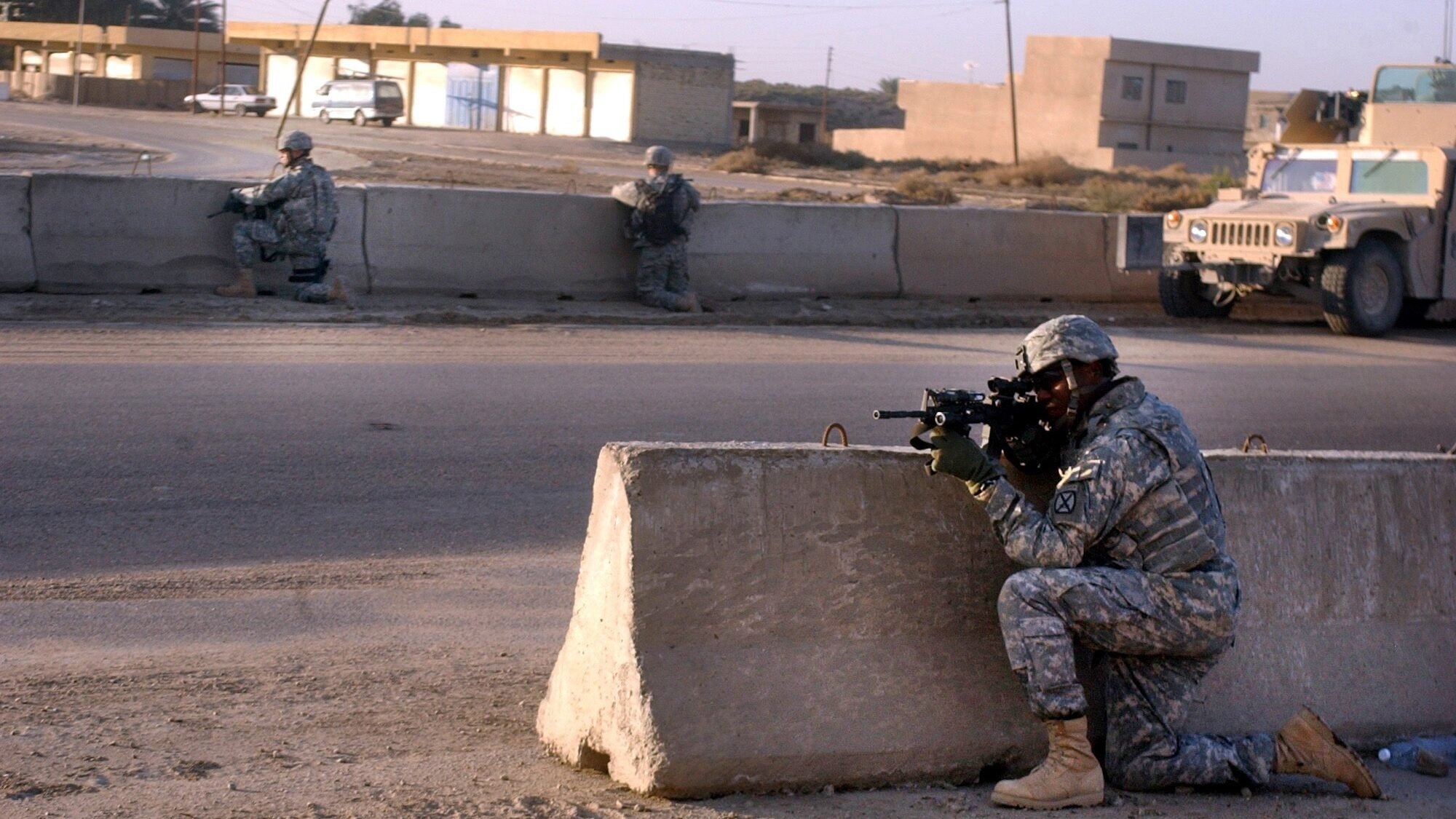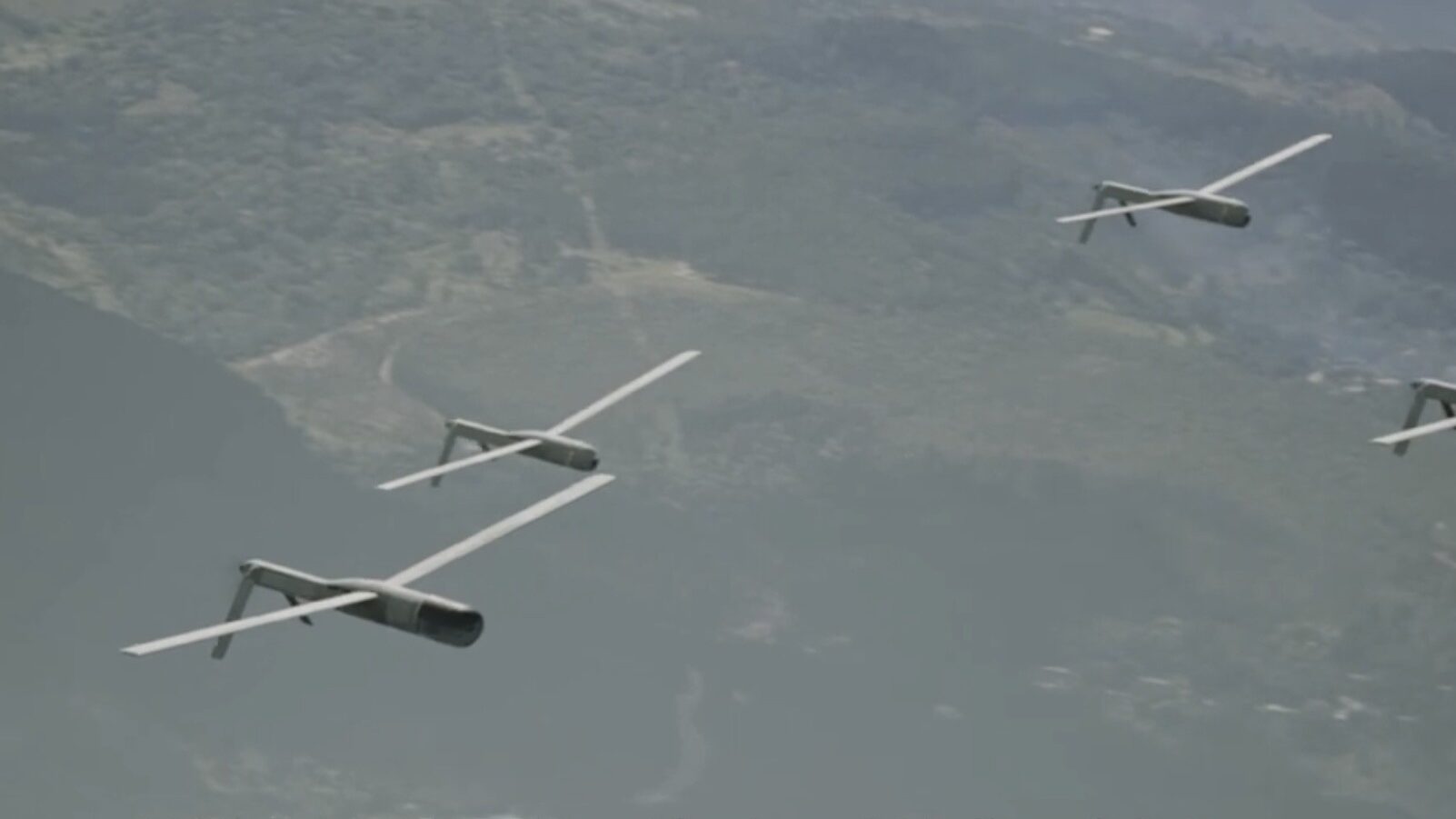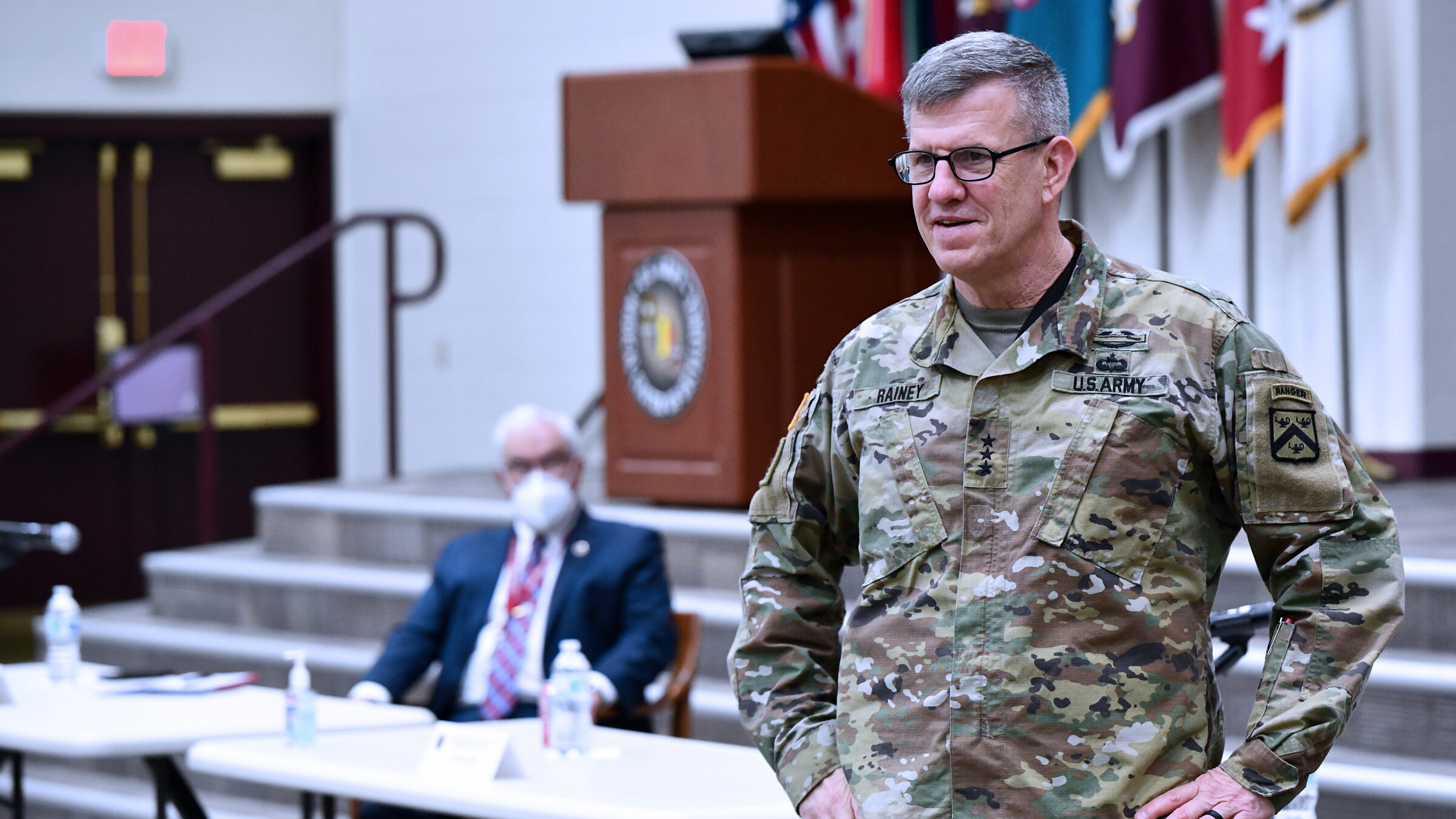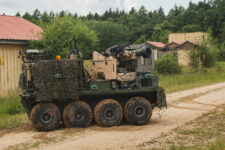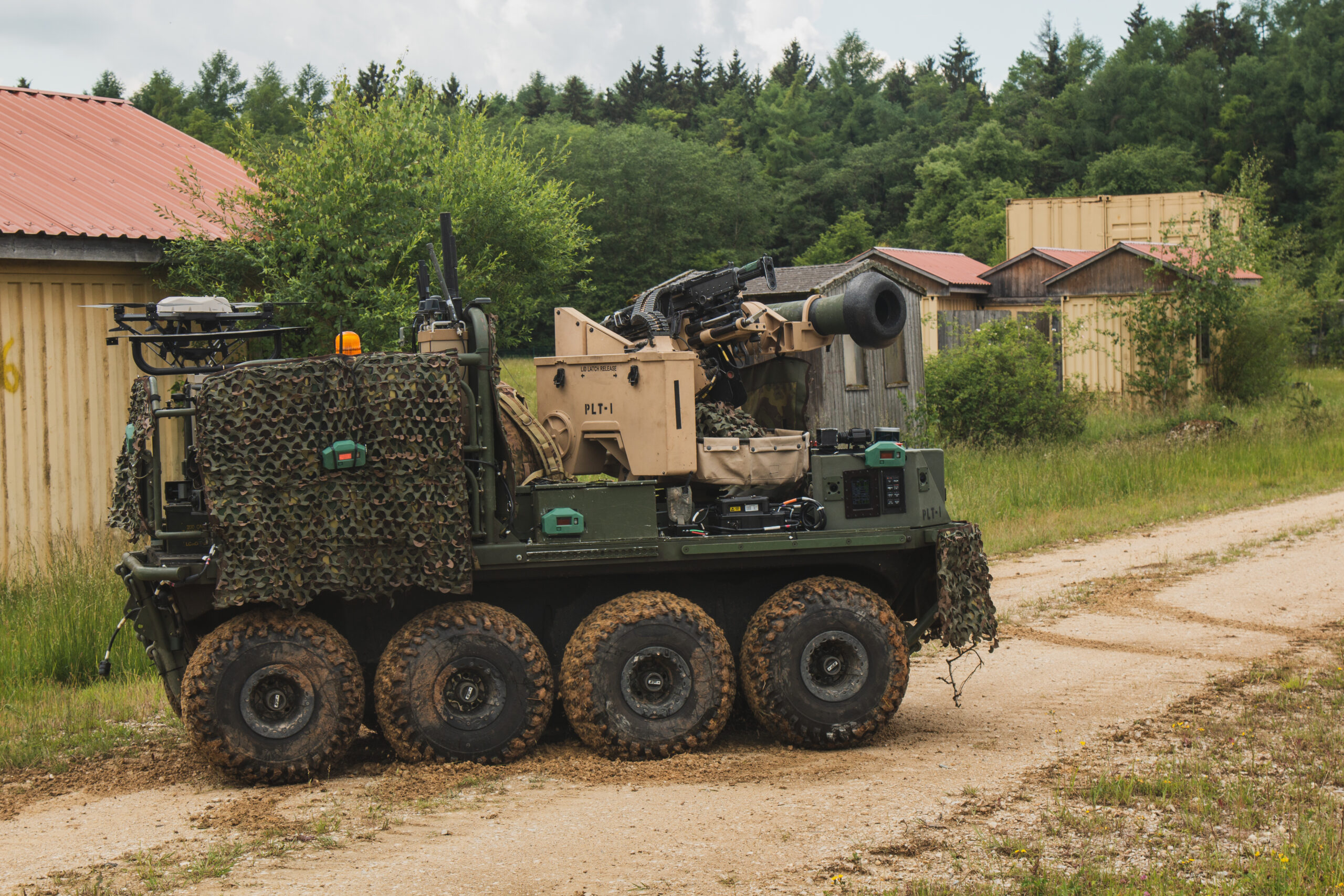
A combination of testing grounds, developmental space and training effort – E-Book.
By Breaking Defense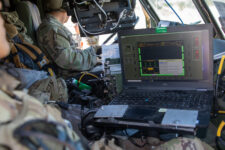
“A few years ago, we wouldn’t have had that problem because we wouldn’t have been talking to each other and our machines certainly wouldn’t have been talking to each other,” said Air Force Lt. Gen. Clint Hinote.” And so that’s a huge step forward is the fact that we are all sharing data right now, it’s almost too much.”
By Jaspreet Gill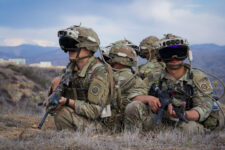
Officials from both the United Kingdom and Australia took part in this year’s experiment for the first time, bringing their own technologies alongside the US Army to test across the past few months.
By Jaspreet Gill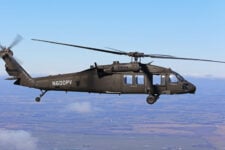
As for whether the Army or other military services will adopt the autonomous technology, Stuart Young, DARPA program manager for ALIAS, said he’s “very confident” but “the question has to do in what form or fashion.”
By Jaspreet Gill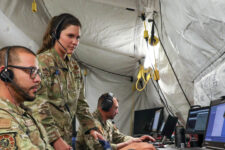
“I would love to say that solving a problem is all that we should be doing at Army Futures Command, but it’s not,” Lt. Gen. Thomas Todd said. “We really have to be designing the Army of 2040 and beyond. In order to do that, you can’t wait on technology in 2040.”
By Jaspreet Gill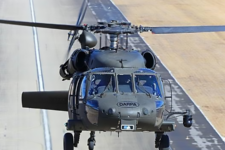
“My requirement was ‘don’t even bring it if it can’t be flown fully autonomous,'” a senior Army Futures Command official said.
By Andrew Eversden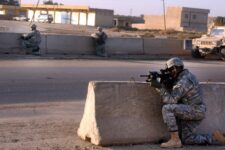
Long-range precision strikes are now so deadly that even rear-area support units must spread out and take cover to survive — which puts unprecedented strain on command & control networks.
By Sydney J. Freedberg Jr.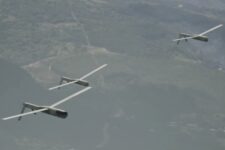
New autonomy and network technology could enable a new form of high-intensity, low-altitude tactics.
By Sydney J. Freedberg Jr.
The Army needs to “put a timeline to allow our industry partners to see where our gaps may be, use their technology and their understanding to develop potential solutions and then bring them out,” Brig. Gen. Guy Jones, deputy director and chief of staff of Army Futures Command’s Futures and Concepts Center, said.
By Jaspreet Gill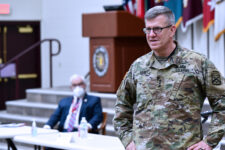
Lt. Gen. James Rainey, the Army’s deputy chief of staff for operations, plans and training is earmarked for Austin, Texas.
By Andrew Eversden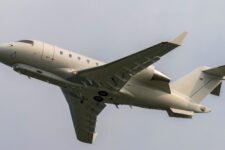
With the prototypes, “we’re able to launch from one area and very quickly get to another area that is much further away in distance. So it opens up the aperture from a mission perspective,” a program leader said.
By Andrew Eversden


